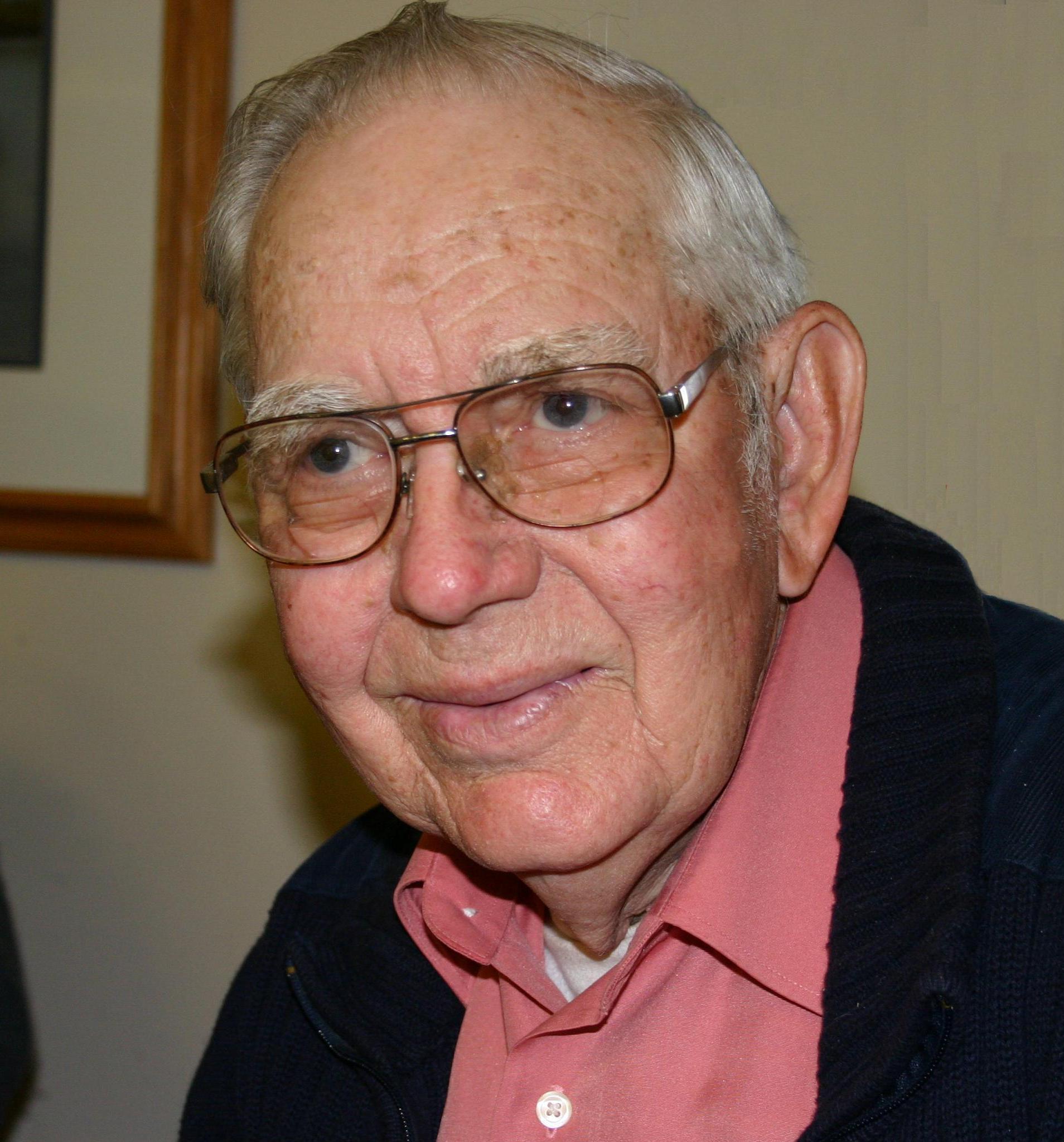It takes the best we have to see us through the worst it gets. We need support even in ideal times, so when someone goes through tragedy, it is incalculably more essential that we have someone to lean on. And there are some experiences that no one should have to go through. But they do. We all hope for a better tomorrow, but for now, we deal with today.
Central Alberta Sexual Assault Support Centre (CASASC) deals in such matters every day. They offer a variety of services to anyone affected by sexual violence including counselling, education, support in going through the court system and a 24-hour Help Line.
Ralph Seland has been volunteering his time to that Help Line for 25 years. When he began, the Help Line was more general, dealing with differing crises:
“When I began 25 years ago, we were really a crisis center and were trained to take care of potential suicides, slashings, family violence, and yes, sexual assault.”
Such subject matter could wear on a person. But Ralph was trained to not get emotionally involved:
“The training was excellent. We listened to stories of real people tell of their terrible experiences and were taught, not only how to handle these calls, but how to take care of ourselves emotionally.”
Even following that advice, there were times at which he took a call that shook him up so much that he questioned his ability to continue. Yet, he soldiers on. Ralph’s long-term commitment has made him an extremely valuable asset for CASASC. As Volunteer Interim Team Lead, and Ralph’s nominator, Erin Willmer told me:
“Ralph brings a tremendous amount of knowledge and experience to our organization. Since he has been a volunteer for about 25 years, Ralph has really heard it all and has been able to support every individual that accesses our services. Furthermore, his dedication to our Help Line has made him one of the most devoted volunteer members. He is often the example we use when training new volunteers.”
Furthermore, Ralph does more than is asked of him. He often takes more shifts than he has to, and will often volunteer to fill in shifts when the organization is having trouble finding people to take them.
Even this does not exhaust his contributions. He is helpful to both callers and fellow volunteers because of his tremendous dedication and experience. As Erin told me:
“Our work can sometimes be very overwhelming and intense, but Ralph is always there to help not only callers, but volunteers making him an excellent teammate to our volunteers.”
For an organization that relies on volunteers to keep its Help Line functioning, Ralph is instrumental in its operation. Without volunteers, it wouldn’t exist.
“I cannot express how vital volunteers are to our organization,” Erin explained. “Our Help Line is one of the only services in Alberta that operates 24-hours a day. We are only able to do that because of our volunteers. Since we are a not-for-profit organization, it is because of volunteers that we are able to continually offer this community based service to not only Central Alberta, but the entire province.”
It is not just that Ralph helps. He helps more than he has to. And he helps other people learn to follow in his footsteps, growing his contribution exponentially. It is for these reasons that he has been named Volunteer of the Month.
You are very deserving, Ralph.
















